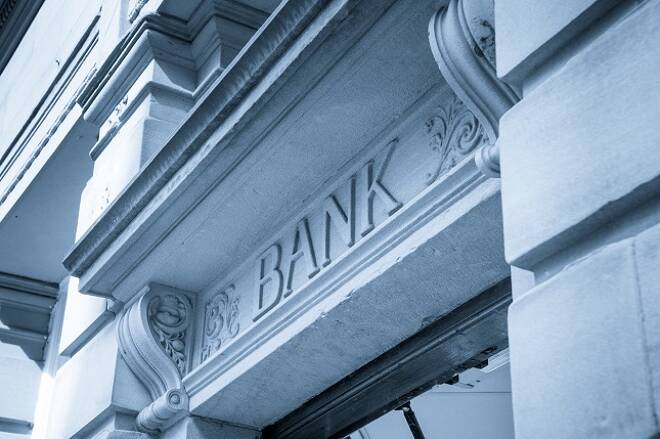Advertisement
Advertisement
The Impact of Banking Stresses on Inflation
By:
The banking stress-induced tightening of credit conditions could potentially slow economic growth, overshadowing recent progress on inflation and market recovery.
Key Points:
- Banking stresses disrupt markets
- 2007-08 crisis comparisons arise
- Technology accelerates deposit changes
- Cash hoarding tightens credit conditions
Impact of Banking Stresses on Economic Growth
The banking stresses have provided a stark interlude to the macro narrative in markets, especially away from the shift in focus back to the inflation fight in late February on the back of solid data. But this banking narrative could prove to have more persistence than it appears at face value; growth concerns – on the back of an expectation of tighter credit conditions – could quickly move back into the driver’s seat.
The sharp uptick in banking stresses has brought back the gloomy thoughts of 2007-08 regarding system-wide bank failures. Relative to within those walls, the current backdrop challenge is very different: while the central issue in 2007-08 was the uncertainty about the quantum of losses across the MBS portfolios, the issue now centers on banking business models relying on cheap front-end funding to manage portfolio risk.
Technological Advancements and the Evolution of Banking Risks
Although regulation has seen banks better capitalized and the regulatory response has been quick in an attempt to stem the tide of wandering deposits from some banks, technology has rendered deposits more quickly changeable than before, introducing a new twist that no capital buffer can effectively protect as the consumer continues to rate shop via the internet.
While credit risk – the hammer that caused many problems in 2007-08 – has not dropped yet. The rally in bond markets has helped tech stocks buffer investors at the index level, but flighty deposits could exacerbate already tight lending conditions. So even if systemic stresses remain contained, as expected, cash hoarding and the consequent tightening in credit conditions will slow the economy, even if we have passed peak crisis mode.
The most striking shift in markets has been in central bank pricing, which was gearing up for the prospect of a Fed shift back to 50bp hikes after Chair Powell’s congressional testimony in early March (a market lifetime ago). The market is now pricing the end-2023 Fed funds 130bp lower than on March 8, having been more than 200bp lower in the last two weeks.
About the Author
Stephen Innescontributor
With more than 25 years of experience, Stephen Innes has a deep-seated knowledge of G10 and Asian currency markets as well as precious metal and oil markets.
Advertisement
